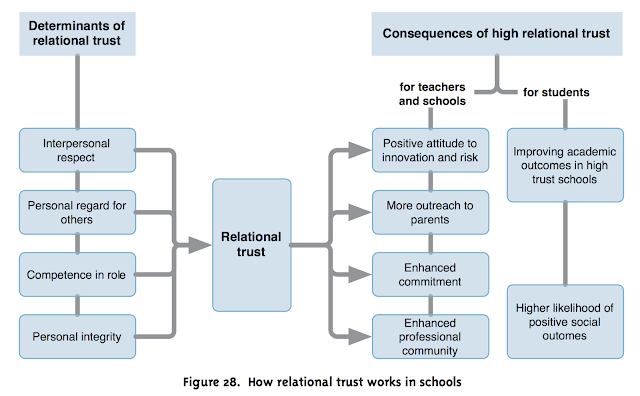Translating Global Visions to Local Context
"How to connect to global visions"
Authentic Learning:
- Learning by doing not listening and observing
- Authentic learning is designed to connect students learning experiences to real life examples and complexities.
- Students need to make links between and across their learning.
- Learning shouldn't be compartmentalised as life isn't that way. Subjects should be seen as one and integrated.
- There are 10 design elements for authentic learning:
- Real life relevance
- Ill-defined problem
- Sustained investigation
- Multiple sources and perspectives
- Collaboration
- Reflection
- An interdisciplinary perspective
- Integrated assessment
- Polished products
- Multiple interpretations and outcomes
- Three goals of learning: Acquisition (apprehension), Making Meaning (comprehension), Transfer (application)
- Learning alongside students about something unknown models learning behaviours in a way that students do not usually see in traditional classrooms.
Leadership in Action:
- Relevance makes learning come alive
- Students learn skills they can apply in all areas of life
- Student achievement is measured in many different ways - not just standardised
- Students graduate prepared
Place-Based Education:
- Place-Based education is taking the learning outside of the classroom. It is based on ecosystems and the environment. Engagement in authentic science.
- Place-Based Education enhances - self-efficacy, enthusiasm for learning, critical thinking, and appreciation of nature.
- Look at things like school gardens, habitat restoration, biodiversity investigations, outdoor field trips.

Comments
Post a Comment